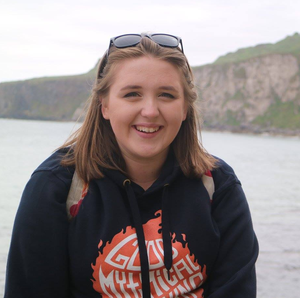32055
Climate Change: A-Level Geography
Description
No tags specified
Module Information
Description
No tags specified
Description
No tags specified
Description
No tags specified
Description
No tags specified
Description
No tags specified
Description
No tags specified
Description
No tags specified

 by
by
